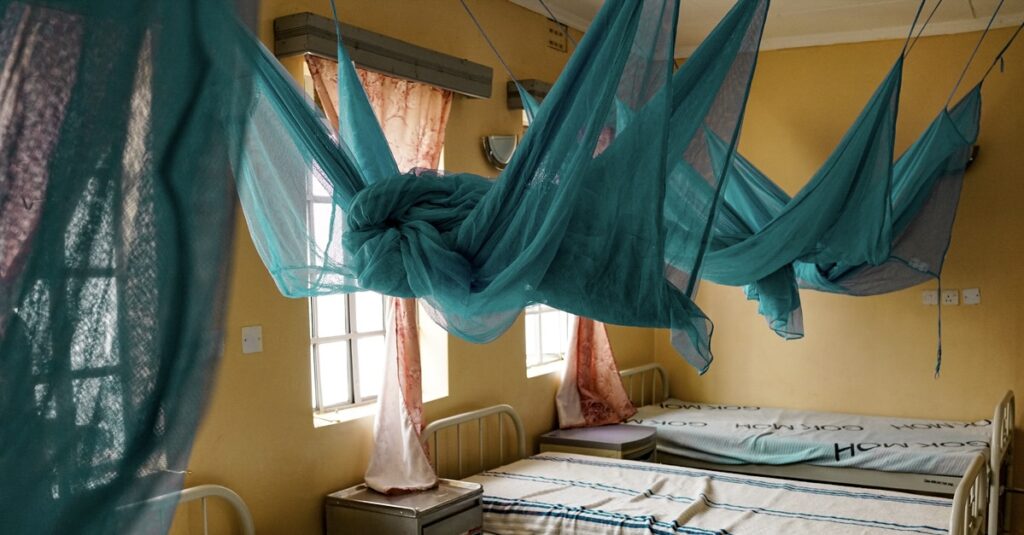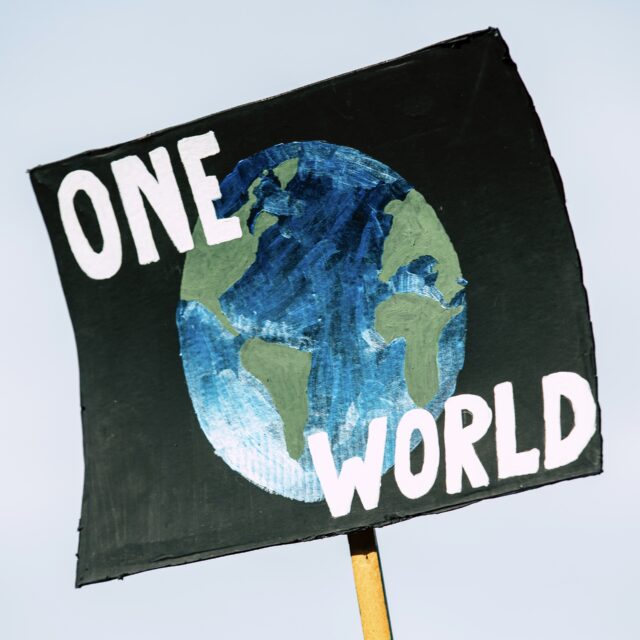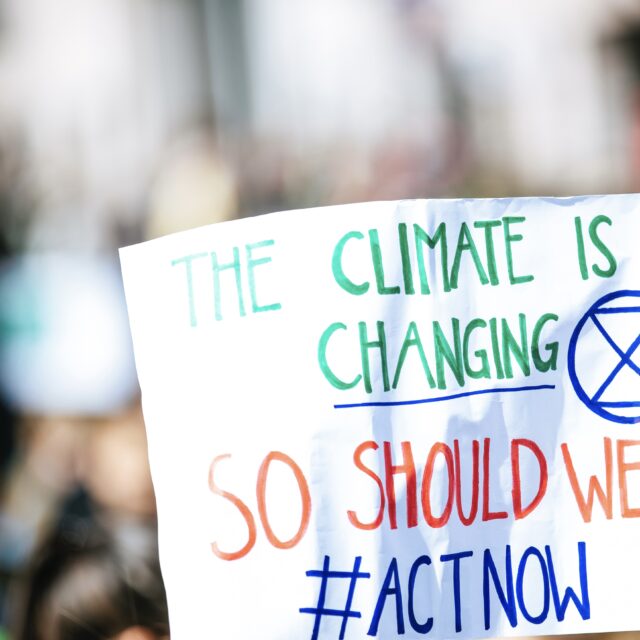Hotter days. Worsening air quality. More droughts, stronger hurricanes, and increased flooding. All these climate events impact everyone’s health. But they’re most likely to impact the most vulnerable places and people. So it’s also making inequality worse.
Here’s how.
It can help diseases spread more easily
Climate change affects how infectious diseases develop and travel. Warmer temperatures create inviting new habitats for mosquito-borne illnesses — like the recent malaria cases in the US. It also extends the warm season, which means malaria-infected mosquitoes can spread disease for more of the year.
Changing rainfall patterns also affect waterborne diseases such as cholera and diarrhea, potentially helping them spread more.
By 2050, up to 1.2 billion people could be displaced globally because of climate change.
It impacts access to food and clean water
Droughts, floods, and unpredictable rainfall disrupt farming. They impact the amount of food available and its nutritional value. For example, in the Horn of Africa, millions of livestock have died over the past year due to drought and severe water shortages. As a result, 37 million people are facing food insecurity.
Climate events like droughts also decrease access to clean drinking water and water for sanitation and hygiene. And a lack of clean water can further increase the spread of cholera and diarrhea, by taking away a fundamental tool against these waterborne diseases: Access to basic sanitation and hygiene.
It increases the risk of certain health conditions
As temperatures rise, heat-related illnesses — such as heat exhaustion, heatstroke, and mental health associated with climate change — are rising with them. Heatwaves can worsen existing health conditions like respiratory and cardiovascular diseases. And they just generally make it harder for everyone to breathe. And heatwaves are getting more severe because of climate change.
Our air quality is also getting worse, thanks to increased air pollution and climate events like wildfires. This is becoming such an issue that there’s now a calculator that compares damage to your lungs from your local air quality to the damage caused by smoking cigarettes. Polluted air has fine particulate matter (technical term: PM2.5) and toxic chemicals. These contribute to respiratory problems such as asthma, bronchitis, lung cancer, and even brain tumors.
Wildfires have made a lot of news in North America over the past few years, and that’s not going to change any time soon. Extreme wildfires could increase by 30 percent by 2050, according to the UN.
It disrupts access to healthcare services
Extreme weather can prevent people’s ability to seek healthcare services. In the most extreme cases, it can displace people from their homes entirely. This “extreme” case is sadly becoming more common. 21.5 million people were forcibly displaced every year between 2008 and 2016, due to weather-related events. These displaced populations often face the highest health risks associated with climate change because they often lack adequate shelter, sanitation, and healthcare.
By 2050, up to 1.2 billion people could be displaced globally because of climate change. If that population were a country, it would be the third most populous nation, after China and India — both with populations of around 1.4 billion people.

This all can become a vicious cycle. Take malaria as an example: Climate change can increase the spread of malaria. But at the same time, extreme weather means people may have less access to routine healthcare services. And routine healthcare is where people can get treatment (or even the new malaria vaccine) to minimize the deadly impacts of this preventable disease.
This is also a justice and equality issue
Extreme weather impacts those who contributed the least to the climate crisis. It disproportionately affects low-income countries and people living in poverty. It disrupts their work and livelihoods, their health, and their homes and communities.
ONE was created to tackle poverty and inequality, and all the factors that contribute to it. Climate injustice is one of those factors. Join us in demanding a fair global response to the climate crisis.
Feature photo credit: Markus Spiske via Unsplash.
Inspired?
Use your voice now to demand a more just future.


